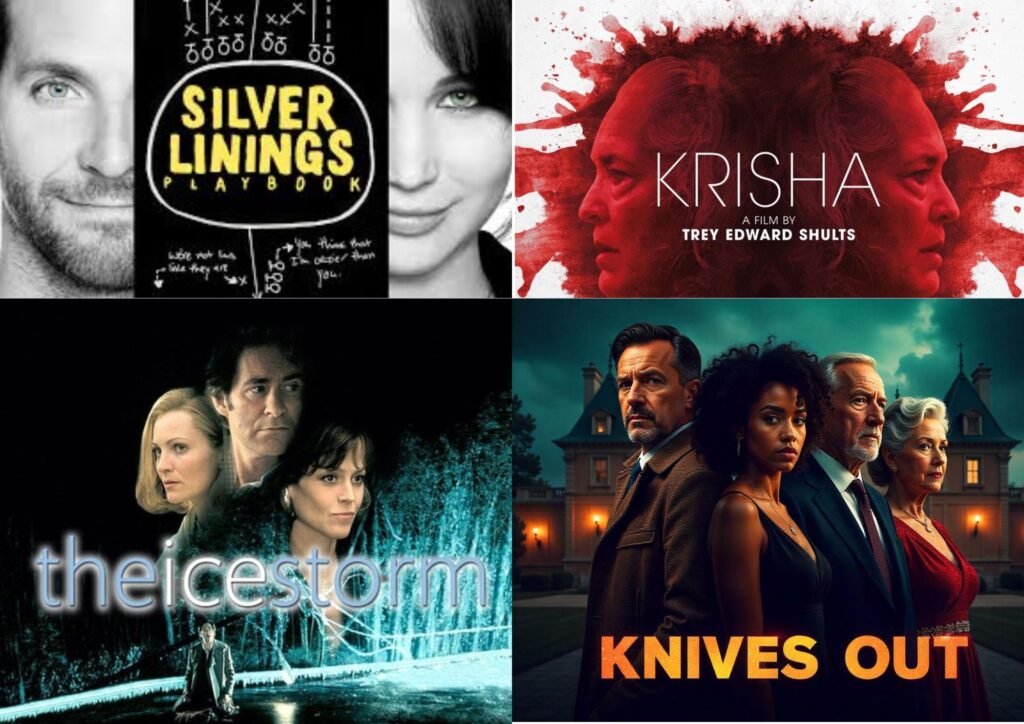The global entertainment and media industry stands on the threshold of a monumental transformation, with AI-powered ads emerging as the primary driver of future growth. As consumer spending faces economic headwinds, advertising revenue is set to become the dominant force, driven significantly by the intelligent capabilities of Artificial Intelligence. This blog post examines how AI ads, including AI-generated ads, are not merely optimizing campaigns but are fundamentally reshaping content creation, personalization, and monetization strategies, propelling the industry toward unprecedented expansion.

The Shifting Landscape: Advertising Takes Center Stage
PwC’s Global Entertainment & Media Outlook 2025–29 projects the industry’s revenue to soar to an astounding $3.5 trillion by 2029. Crucially, this growth will be largely propelled by advertising, which is expected to outpace consumer spending by threefold. Digital formats, already accounting for 72% of overall ad revenue in 2024, are projected to reach 80% by 2029. This decisive shift underscores the critical role of new technologies like AI and hyper-personalization in driving engagement and revenue.
The rise of connected TV (CTV), mobile video ads, and retail media are particularly prominent examples of how AI-powered ads are already influencing the landscape. CTV ad revenues, for instance, are forecast to jump from 22% of traditional broadcast ad spend in 2024 to nearly 45% by 2029, a testament to AI’s ability to curate relevant viewing experiences and measure engagement with unparalleled precision.
The Power of Personalization: Beyond Demographics
At the heart of the AI-powered ads revolution lies hyper-personalization. Traditional advertising often relies on broad demographic segmentation, leading to generic and often ineffective campaigns. AI ads, however, delve much deeper, analyzing vast datasets of user behavior, viewing history, genre preferences, and even micro-level interactions like pause frequency, volume changes, and time of content consumption.
This granular understanding allows for the creation of “intentional behavior” cohorts, enabling marketers to craft campaigns that resonate on a highly individual level. Platforms like Netflix and Spotify are prime examples, using sophisticated AI algorithms to recommend content tailored to individual preferences, which significantly boosts user retention and satisfaction. This same principle is now being applied to advertising, ensuring that ads are not just seen but truly engaged with.
Efficiency and Creativity Unleashed: The Rise of AI-Generated Ads
The impact of AI in advertising extends far beyond targeting. AI-generated ads are transforming the very process of creative production. Imagine generating dozens of ad variations, including different copy, visuals, and calls-to-action, in a matter of minutes. AI tools can analyze previous campaign performance, competitive landscapes, and consumer conversations to reverse-engineer briefs and produce a multitude of creative routes.
This automation liberates human creatives from repetitive tasks, allowing them to focus on higher-value strategic thinking and artistic vision. From automating rotoscoping and voice dubbing to assisting with scriptwriting and visual effects, AI-generated ads streamline workflows, reduce production costs, and accelerate time-to-market for content. This means studios can prototype scenes faster, test narratives more effectively, and push creative boundaries without prohibitive costs.
Real-World Impact: Case Studies and Tangible ROI
The theoretical benefits of AI-powered ads are increasingly being validated by tangible results across the entertainment and media spectrum:
- Netflix: Their renowned recommendation engine, powered by machine learning, analyzes user behavior and even scrolling patterns to serve up personalized content suggestions, directly contributing to user engagement and retention.
- Adobe Sensei: Integrated into Adobe Creative Cloud, this AI engine automates labor-intensive editing tasks like object selection and color correction, allowing editors to focus on the creative vision.
- Warner Bros. & Cinelytic: Warner Bros.’ partnership with Cinelytic, an AI platform, evaluates scripts and forecasts box office potential, minimizing financial risk in film greenlighting decisions.
- DeepDub & Synthesia: These companies leverage AI for ad content localization, translating and dubbing video into multiple languages with synthetic voices that mimic original actors, enabling rapid global reach at reduced costs. Synthesia even creates AI video avatars for virtual presenters, removing the need for live actors in certain scenarios.
Across the industry, 72% of organizations leveraging generative AI are already seeing a return on investment (ROI) on at least one use case. This demonstrates that AI ads are not just a futuristic concept but a proven strategy delivering measurable value.
The Future is Hybrid: Human Creativity Amplified by AI
While the rapid advancements in AI might spark discussions about job displacement, the prevailing sentiment within the industry is one of augmentation, not replacement. AI-powered ads are best viewed as powerful tools that amplify human creativity and efficiency. The “soul” of advertising – storytelling, emotional connection, and strategic insight – remains inherently human.
The future of entertainment advertising will likely see hybrid production crews, where prompt engineers work alongside cinematographers, and Artificial Intelligence literacy becomes a core skill. Expect faster ideation cycles, even more personalized content, and a global storytelling landscape where budget constraints and language barriers are significantly reduced.
Challenges and the Path Forward
Despite the immense potential, the adoption of AI ads also presents challenges. Concerns surrounding data privacy, algorithmic bias, and the ethical implications of synthetic media require careful consideration and robust frameworks. Companies like Netflix and Disney are prioritizing compliance and thoughtful AI integration, moving cautiously with targeted, project-specific deployments to test impact before scaling.
To truly harness the power of AI-powered ads, entertainment and media companies must:
- Invest in Data Infrastructure: High-quality, organized data is the fuel for effective AI.
- Embrace Experimentation: The AI landscape is rapidly evolving, requiring a willingness to test and learn.
- Foster Human-AI Collaboration: Empower creative and marketing teams with AI tools and training.
- Prioritize Ethics and Transparency: Build trust by addressing concerns around data privacy and algorithmic fairness.
Conclusion
The global entertainment and media industry is undergoing a profound transformation, with AI-powered ads at the forefront. By enabling unprecedented levels of personalization, streamlining content creation, and optimizing targeting, AI ads are not just driving growth but redefining how content connects with audiences worldwide. As the industry continues to innovate, the intelligent synergy between human creativity and AI will undoubtedly unlock a new era of engagement, efficiency, and revenue, solidifying advertising’s position as the powerhouse of entertainment’s future.
Frequently Asked Questions
What are AI-powered ads?
AI-powered ads use artificial intelligence to automate and optimize ad targeting, content creation, and delivery based on user behavior and data patterns.
How are AI ads transforming the media and entertainment industry?
They enable hyper-personalized content, streamline creative production, and improve ROI by efficiently targeting audiences with relevant messages.
What is the role of AI in ad personalization?
AI analyzes user data like viewing history, preferences, and engagement metrics to deliver ads tailored to individual interests and behaviors.
Which platforms are leading in AI-powered ad implementation?
Netflix, Spotify, Adobe, and Warner Bros. are among the leaders leveraging AI tools for personalized content, editing, and marketing insights.
What are the challenges of using AI in advertising?
Challenges include data privacy, algorithmic bias, ethical concerns with synthetic media, and the need for transparency in AI usage.


